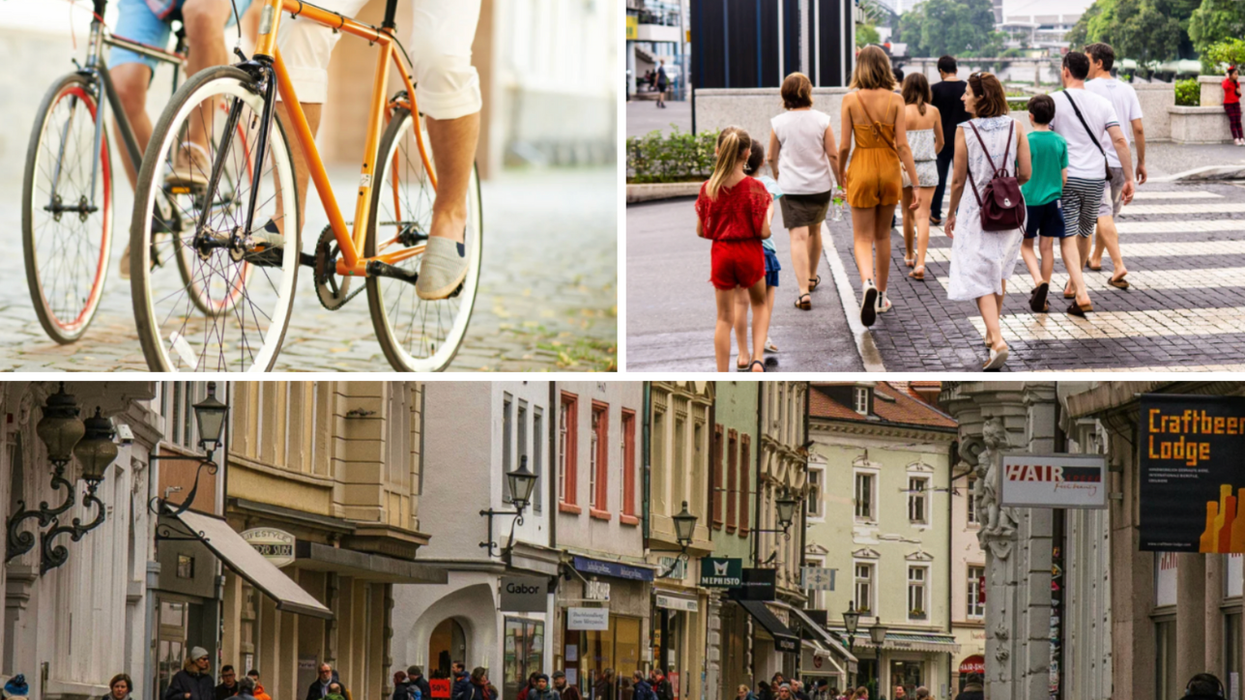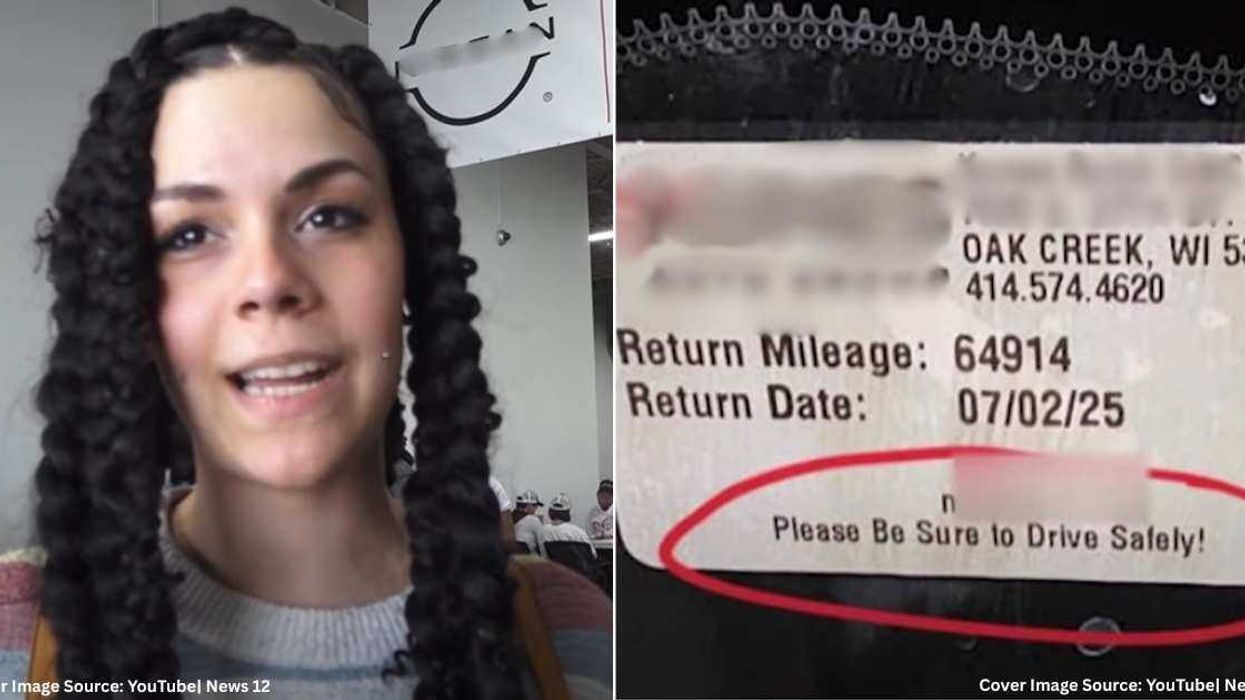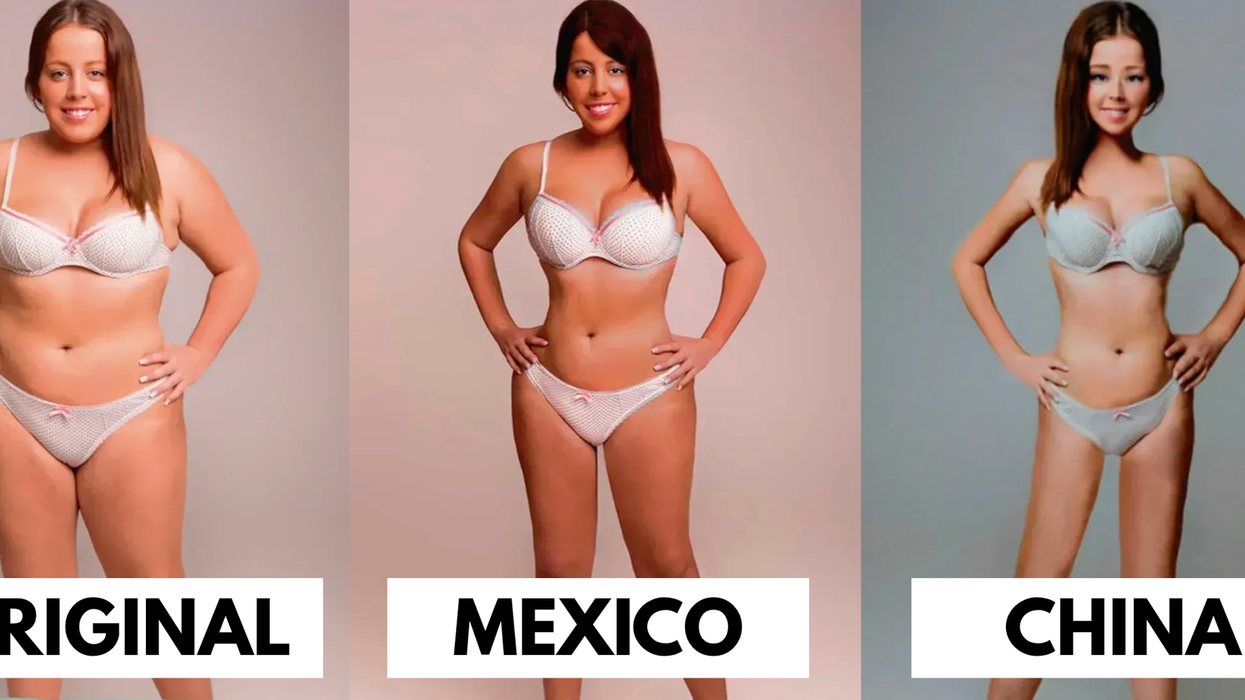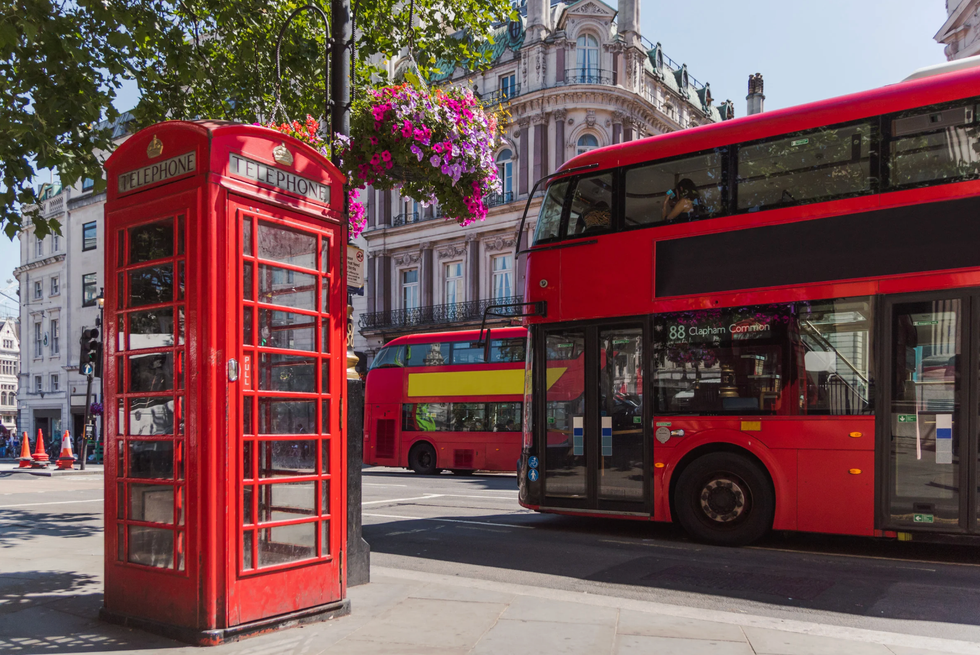The neighborhood of Culdesac in Tempe, Arizona is like any other American neighborhood. There are shops, restaurants, outdoor markets, and areas where children playing outside like any other functioning community, but there’s one catch: cars and other automobiles are banned.
When architect Daniel Parolek was hired to design and develop the area, he was influenced by the neighborhoods he saw in the Mediterranean while traveling. He loved how social and condensed the areas were, and how the American tourists loved being able to walk place to place. With that in mind, he asked himself why Americans would happily vacation in places like this rather than live in them?
- YouTube youtu.be
Parolek’s vision broke ground in 2019, costing $200 million dollars to build 288 apartment units and amenities within the 17-acre neighborhood to make it “car free, but mobility rich,” according to him. Aside from living spaces, the neighborhood is home to eateries, shops, a doctor’s office, a convenience store, a community pool, a gym, and a coworking space to ensure most day-to-day needs and comforts are met without the need of a car to get there.
Visitors can use the light rail stops just outside the neighborhood to get to downtown Phoenix or the airport, along with taking Waymo robotaxis or regular taxis to and from the area. There are also bicycles and e-bikes available to rent if a person wants to explore a bit more outside of town. So far, since the neighborhood opened in 2021, many first-hand accounts from new residents claimed that the move there has improved their lives and they don’t miss driving.
"Being in Culdesac has taught me that I much prefer the concept of the 15-minute city," resident Sheryl Murdock told BBC News. "I don't want to have to get in my car to do everything."
- YouTube youtube.com
While to some people walking anywhere might feel like a chore, it’s likely healthier for your body. Sitting idly in traffic regularly contributes to a more sedentary lifestyle linked to cardiovascular disease among other health issues. Living car-free helps lower a person’s contribution to air pollution and climate change, as car exhaust emits CO2 into the atmosphere that raises temperatures in gridlocked cities along with smog that’s bad for the lungs.
Living without a car eliminates a big expense, too. Not just the money needed to purchase a car, but being able to walk, bike, or reasonably use public transportation removes the need to pay for car insurance, fuel, maintenance, repairs, vehicle registration, and other expenses typically needed to operate a car regularly. Cars are especially a financial burden for rural communities that don’t have feasible public transportation in place.
- YouTube youtube.com
While it might be nice for all neighborhoods to operate like Culdesac, the fact is that American cities were built for automobile owners. It’s not outright impossible, but it would take a consorted unified effort to restructure these areas into walkable communities throughout the country. Bear in mind that it cost $200 million dollars to build Culdesac, which is just one neighborhood.
That said, if Culdesac continues to thrive and grow, it might inspire the powerful people, local governments, and community activists to push for reforms in cities, rural areas, and the like to invest in similar car-free neighborhoods, better public transportation, or a complete redesign in city planning to make their community less car reliant in general.

















 Gif of confused woman saying "OK"
Gif of confused woman saying "OK" A woman rejects a man's advancesCanva
A woman rejects a man's advancesCanva A couple kissingCanva
A couple kissingCanva
 A house on fireCanva
A house on fireCanva A smoke detector covered in smokeCanva
A smoke detector covered in smokeCanva The Dahl family gofundme
The Dahl family gofundme 
 A smiling couple. Photo credit:
A smiling couple. Photo credit:  Feeding each other ice cream.Photo credit:
Feeding each other ice cream.Photo credit:  An intimate photograph of a couple.Photo credit:
An intimate photograph of a couple.Photo credit:  Playing with food.Photo credit:
Playing with food.Photo credit: 

 A hand reaches for some money on the groundCanva
A hand reaches for some money on the groundCanva
 Lindsey Stirling meet & greet appearance at the Winter NAMM Show in Anaheim, California in 2018
Lindsey Stirling meet & greet appearance at the Winter NAMM Show in Anaheim, California in 2018
 A double-decker bus and an English phone boothCanva
A double-decker bus and an English phone boothCanva
 Woman celebrating with hashtag #winning via
Woman celebrating with hashtag #winning via